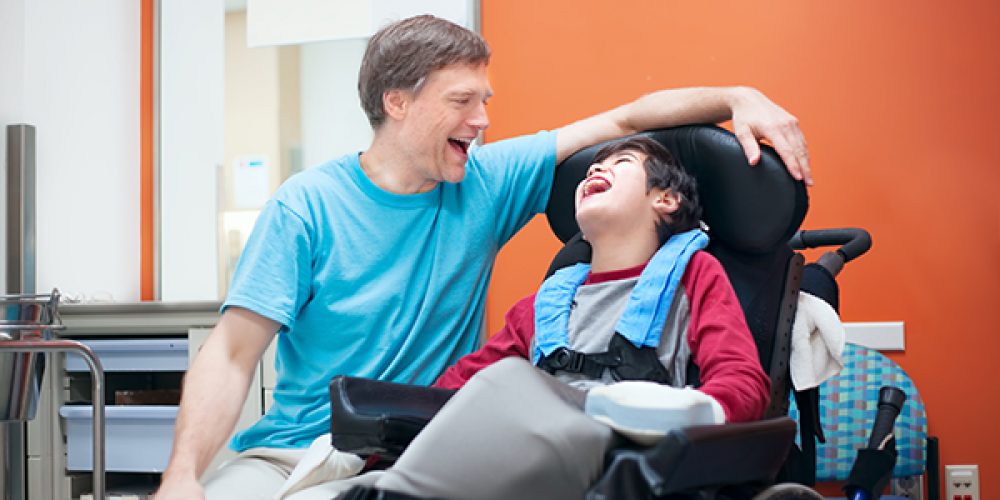Abstract
Purpose: The purpose of this study was to examine the effects of an intensive voice treatment (Lee Silverman Voice Treatment, commonly known as LSVT LOUD) for children with spastic cerebral palsy (CP) and dysarthria.
Method: A nonconcurrent multiple baseline single-subject design with replication across 5 children with spastic CP was used. Auditory–perceptual analysis of speech, acoustic measures of vocal functioning, and perceptual ratings by parents of participants were obtained at baseline, posttreatment, and 6-week follow-up recording sessions.
Results: Listeners consistently preferred the speech samples taken immediately posttreatment over those taken during the baseline phase for most perceptual characteristics rated in this study. Changes in acoustic measures of vocal functioning were not consistent across participants and occurred more frequently for maximum performance tasks as opposed to speech. Although parents of the treated participants reported an improved perception of vocal loudness immediately following treatment, maintenance of changes at 6-week follow-up varied across the participants. No changes were observed in the 5th participant, who did not receive treatment.
Conclusion: These findings provide some preliminary observations that the children with spastic CP in this study not only tolerated intensive voice treatment but also showed improvement on select aspects of vocal functioning. These outcomes warrant further research through Phase 2 treatment studies.







